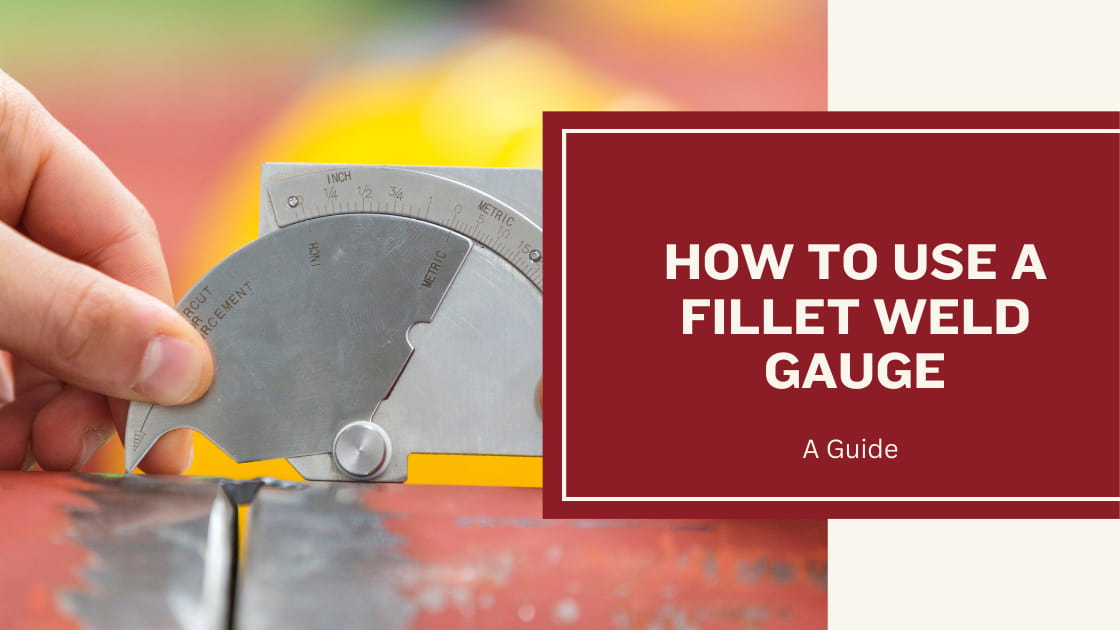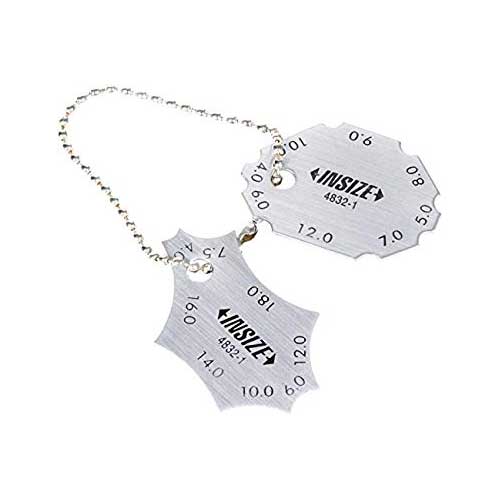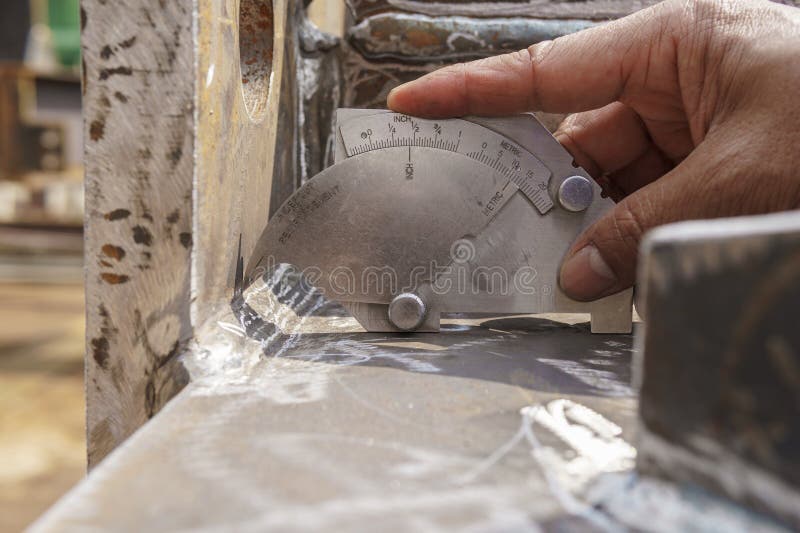Recognizing Gauge Fillet Weld: A Comprehensive Guide for Welders
Recognizing Gauge Fillet Weld: A Comprehensive Guide for Welders
Blog Article
Fillet Weld Style Techniques: Maximizing Joint Efficiency and Aesthetics for Structural Honesty
In the realm of structural design and manufacture, the relevance of fillet weld style techniques can not be overemphasized. These approaches play a crucial role in not just ensuring the performance and structural honesty of joints however also in improving the total looks of the finished item. By carefully thinking about aspects such as weld profile optimization, product selection, joint preparation strategies, welding process effectiveness, and aesthetic enhancement techniques, engineers and fabricators can achieve a harmonious equilibrium in between performance and look in their bonded structures. The combination of these components not just leads to robust joints yet also boosts the visual charm of the last item.
Weld Account Optimization


Accomplishing an optimum weld account involves a careful factor to consider of elements such as material density, joint arrangement, welding setting, and wanted welding speed. In addition, the choice of ideal welding criteria, such as voltage, existing, and take a trip rate, is essential in managing the form and measurements of the fillet weld. Using innovative welding methods, such as pulse welding or robotic welding, can further refine the weld account to meet certain design demands and top quality requirements.
Essentially, weld profile optimization is a fundamental aspect of fillet weld layout that directly affects the total efficiency and reliability of welded joints in structural applications.
Product Choice Factors To Consider
When considering product choice for fillet weld design, the compatibility of the base metals is an essential variable affecting the structural honesty of the joint. It is important to select products that not only bonded with each other properly yet also have similar mechanical residential or commercial properties to ensure the tons is equally dispersed in between the weld and the base steels. Welding materials with vastly various residential properties can result in problems such as stress focus, premature joint failing, or breaking.
Additionally, the setting in which the welded structure will certainly run should be taken into consideration when selecting products. Variables like rust resistance, temperature fluctuations, and direct exposure to chemicals can all impact the durability and efficiency of the weld joint. By choosing products that are appropriate for the intended application and setting, the overall toughness and integrity of the bonded joint can be significantly boosted.
Consequently, comprehensive factor to consider of material compatibility and environmental aspects is extremely important in making sure the weld joint's strength, longevity, and total structural honesty.

Joint Preparation Methods
Thinking about the vital role product option plays in making sure the architectural integrity of fillet weld joints, it is vital to apply precise joint preparation techniques that maximize the connection in between the base metals. Joint preparation is a crucial step that directly influences the quality and strength of the weld. One basic strategy is the cleansing of base metals to eliminate any kind of impurities like rust, oil, or paint that could endanger the weld's honesty. This can be attained through methods such as grinding, cord cleaning, or chemical cleansing.
Additionally, proper fit-up of the joint is necessary to make certain uniform circulation of the welding product and stop defects like incomplete infiltration or excessive buildup. Beveling the sides of the base metals can produce a groove that permits much deeper weld penetration and a stronger bond. Additionally, tack welding the parts in place prior to the read here last weld helps maintain alignment and lessens distortion during the welding process. By carefully following these joint look at here now preparation strategies, welders can enhance the overall performance and aesthetic appeals of fillet weld joints while guaranteeing structural soundness.
Welding Refine Performance
Efficient welding processes are important for attaining optimal efficiency and quality in fillet weld construction. One crucial aspect of boosting welding process performance is choosing the ideal welding technique. Elements such as material kind, joint style, and welding placement should be thoroughly considered to identify the most ideal method. As an example, processes like gas metal arc welding (GMAW) and flux-cored arc welding (FCAW) are frequently made use of for fillet welds due to their adaptability and rate (Gauge Fillet Weld).
Routine calibration of welding devices, examination of consumables, and maintenance of welding lanterns can stop downtime and rework, eventually saving time and sources. Well-trained welders are extra experienced at changing criteria, troubleshooting concerns, and preserving consistent weld top quality.
Aesthetic Improvement Techniques
To enhance the quality of fillet weld construction, implementing visual enhancement methods can play a vital duty in guaranteeing accuracy and precision throughout the welding process. Aesthetic aids such as weld size assesses and amplifying lenses can help in evaluating weld profiles and dimensions precisely. By incorporating these visual enhancement methods into the welding procedure, welders can accomplish not only structurally audio fillet welds but additionally visually enticing results that fulfill sector criteria.

Final Thought
In verdict, maximizing fillet weld design includes cautious factor to consider of weld account, material choice, joint prep work, welding process efficiency, and aesthetic improvement techniques. By carrying out these strategies, architectural integrity can be boosted while also attaining aesthetic allure. It is necessary to focus on both efficiency and aesthetic appeals in fillet weld style to make sure the overall quality and sturdiness of the joint.
By diligently thinking about variables important source such as weld account optimization, product selection, joint prep work strategies, welding procedure performance, and aesthetic enhancement fabricators, approaches and engineers can achieve an unified equilibrium between functionality and look in their bonded frameworks.In the world of fillet weld layout, optimizing the weld profile plays a critical duty in ensuring architectural integrity and performance. The weld account, which consists of the dimension and form of the weld cross-section, directly influences the circulation of tension and load-bearing capacity within the joint. It is necessary to select products that not only bonded together properly yet likewise have similar mechanical buildings to make certain the lots is equally distributed in between the weld and the base metals - Gauge Fillet Weld.In verdict, optimizing fillet weld style includes careful factor to consider of weld profile, material selection, joint prep work, welding process effectiveness, and aesthetic improvement methods
Report this page